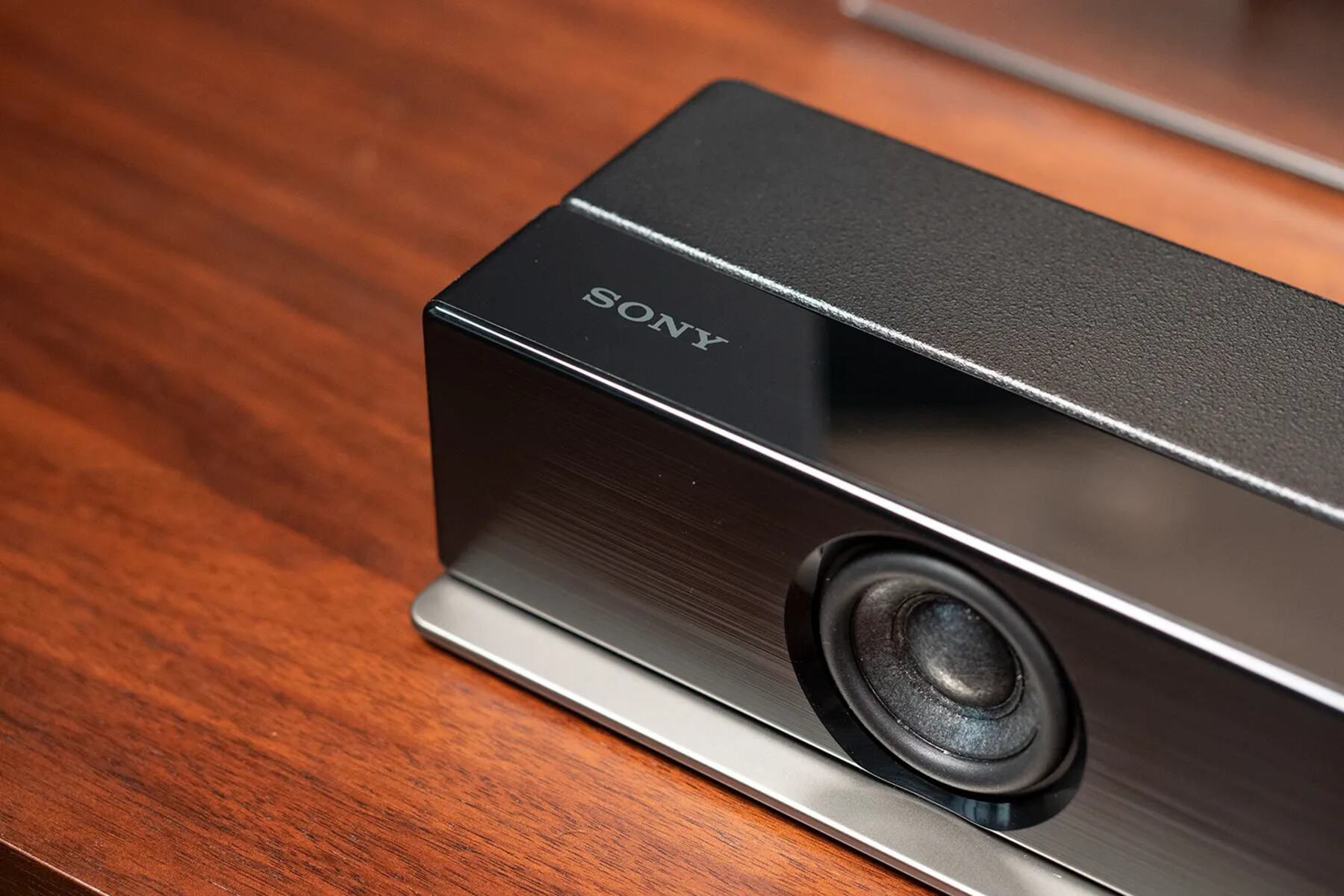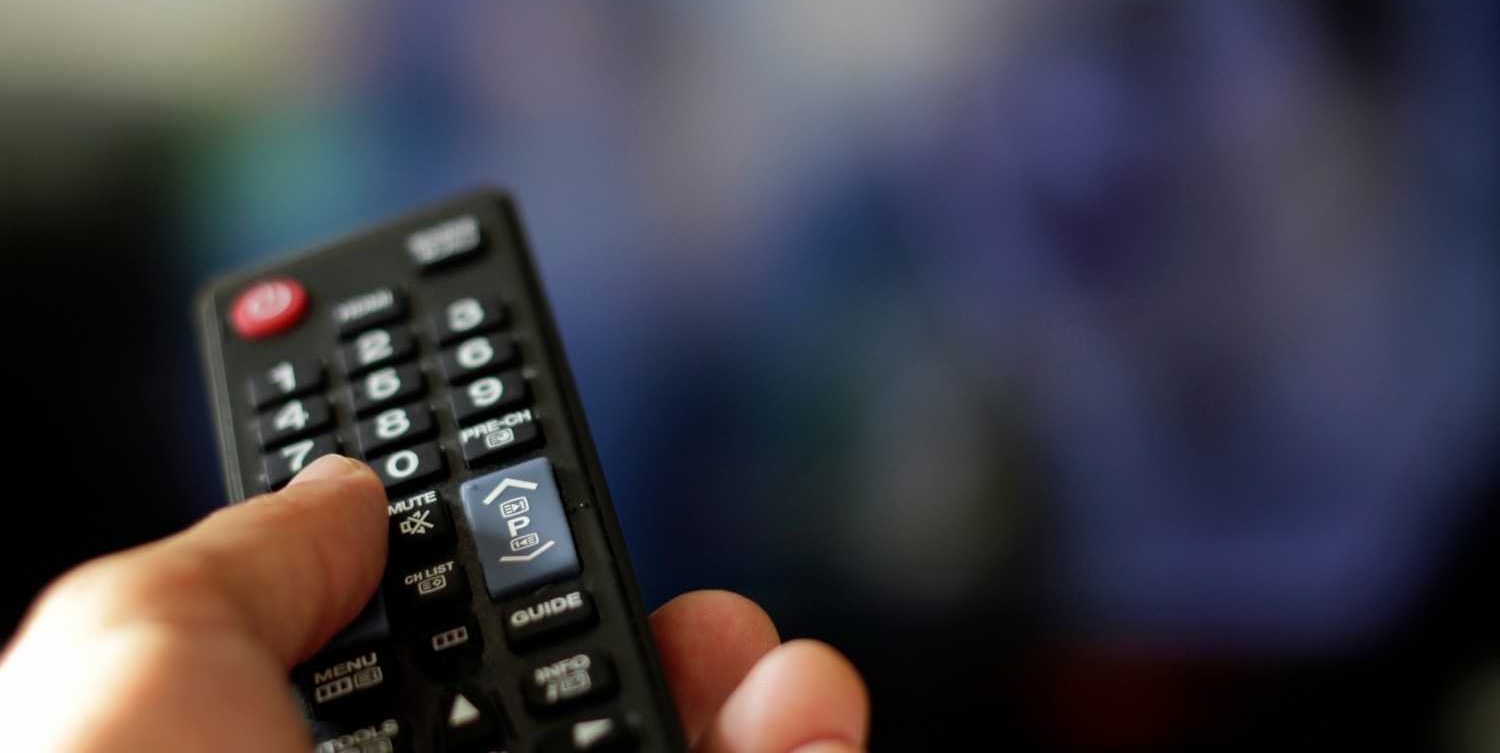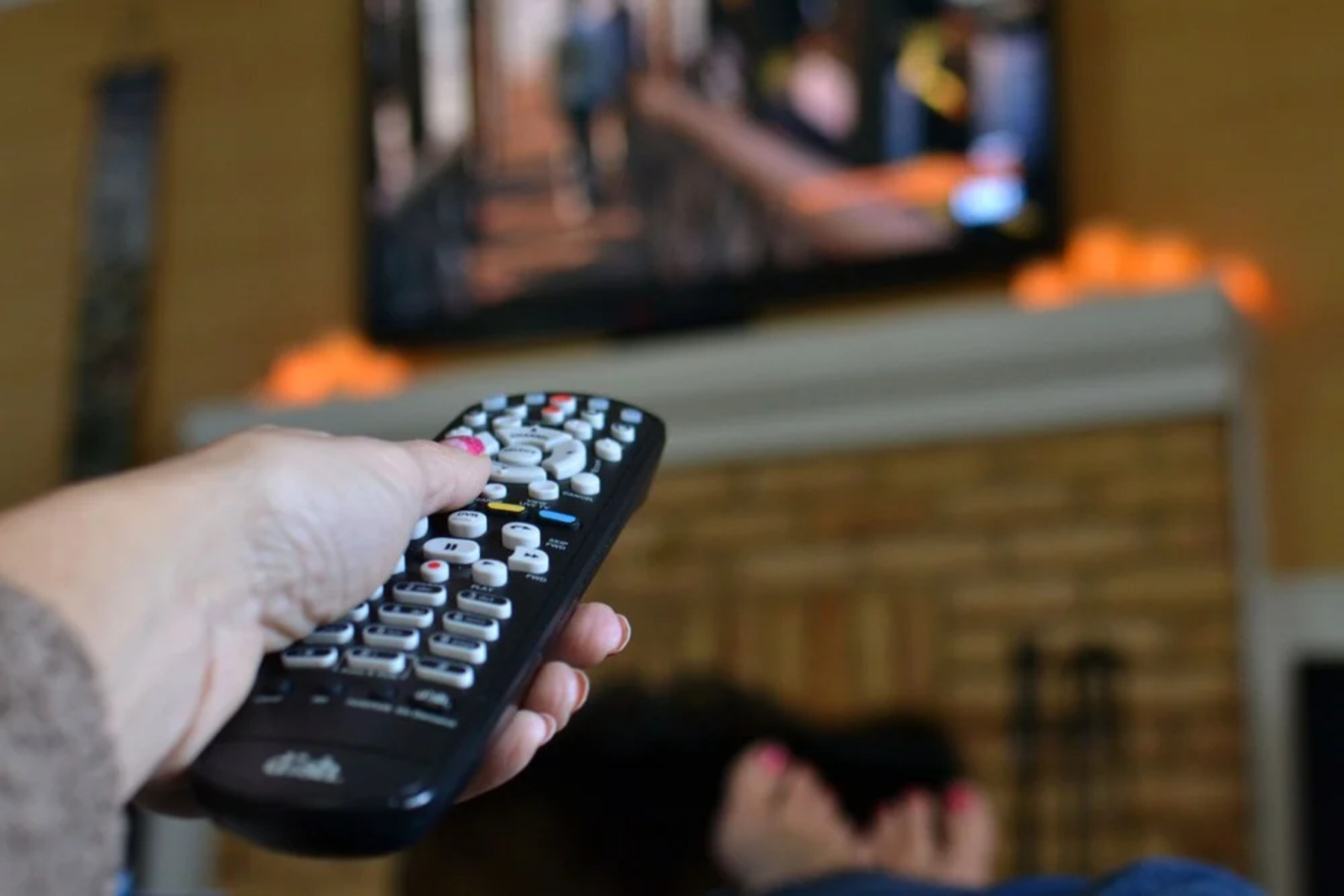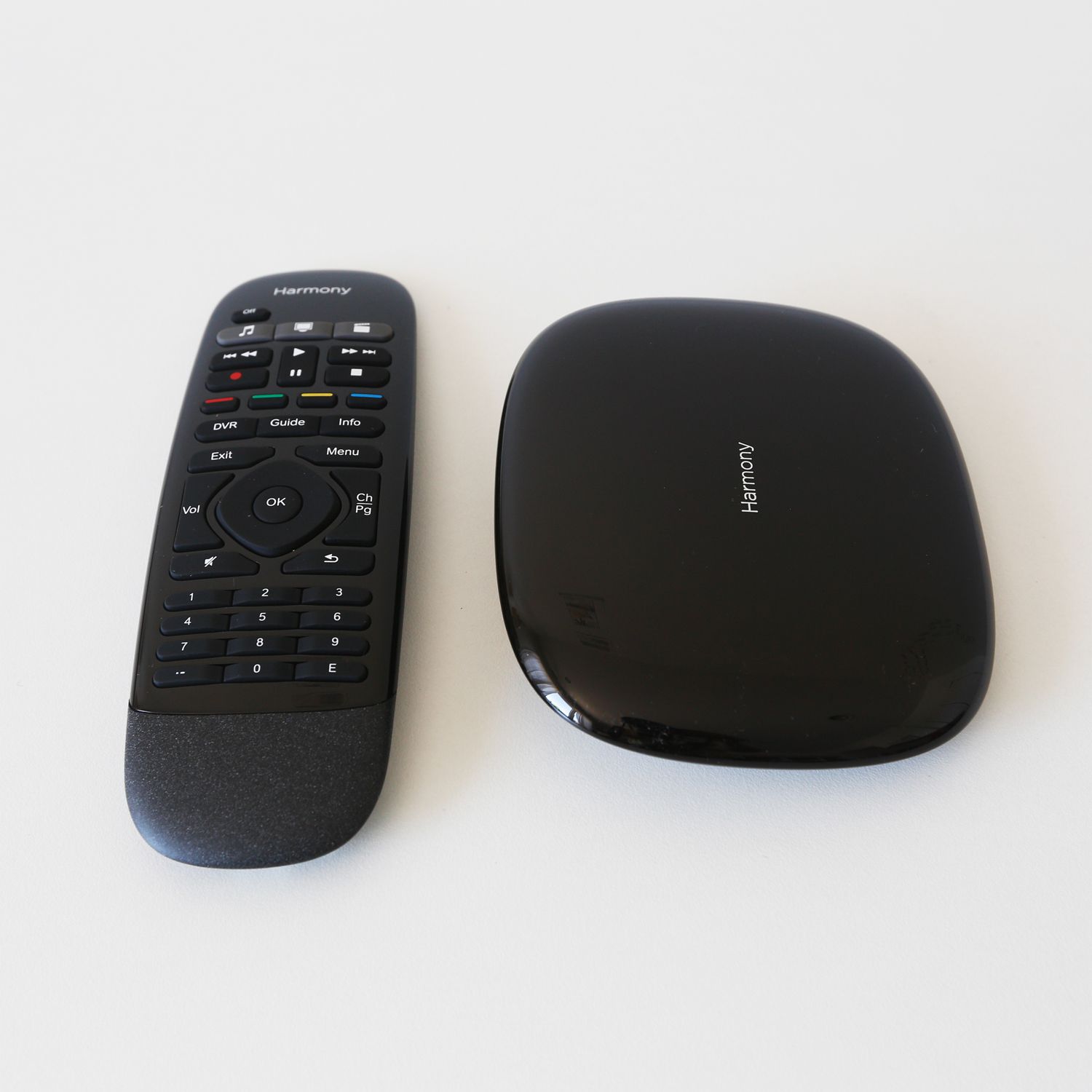Introduction
When it comes to enhancing the audio experience of your entertainment setup, a soundbar is a popular choice due to its compact design and impressive sound output. However, to fully integrate a soundbar into your home theater system, it’s essential to understand and utilize its infrared (IR) profile. The IR profile essentially serves as a unique fingerprint that allows the soundbar to communicate with remote controls and other devices using infrared signals.
Whether you’re aiming to streamline your entertainment system or seeking to troubleshoot connectivity issues, having a clear understanding of the IR profile of your soundbar is crucial. In this guide, we will explore various methods for finding the IR profile of a soundbar, equipping you with the knowledge and tools necessary to optimize its functionality.
By delving into the intricacies of IR profiles and the methods for accessing them, you will gain valuable insights into the technical aspects of your soundbar while empowering yourself to harness its full potential. Let’s embark on this journey to uncover the IR profile of your soundbar, opening the door to a seamless and immersive audio experience.
Understanding Infrared (IR) Profiles
Before delving into the methods for finding the IR profile of a soundbar, it’s essential to grasp the concept of infrared (IR) profiles and their significance in the realm of audio equipment. An IR profile, also known as an IR code or IR command, is a unique set of instructions encoded in the infrared spectrum. These instructions enable devices to receive and interpret commands from remote controls or other IR-transmitting devices.
Each soundbar is equipped with its own distinct IR profile, which serves as a means of communication between the soundbar and external devices. This IR profile is essential for seamless integration with universal remote controls, home automation systems, and other IR-compatible devices.
Understanding the intricacies of IR profiles involves recognizing the specific IR codes associated with various functions of the soundbar, such as power on/off, volume control, input selection, and audio settings. These codes are transmitted via infrared signals and must be accurately identified and utilized to ensure effective control and operation of the soundbar.
Furthermore, the IR profile of a soundbar plays a pivotal role in troubleshooting connectivity issues and ensuring compatibility with a wide range of remote controls. By comprehending the nuances of IR profiles, users can troubleshoot issues related to signal interference, incompatible remote controls, or malfunctioning IR receivers.
As we proceed to explore the methods for finding the IR profile of a soundbar, it’s paramount to recognize the fundamental role that IR profiles play in enabling seamless and intuitive control of audio devices. This understanding will serve as a cornerstone for effectively harnessing the capabilities of the soundbar within your entertainment ecosystem.
Methods for Finding the IR Profile of a Soundbar
When it comes to locating the IR profile of a soundbar, several methods can be employed, each offering unique advantages and varying levels of accessibility. Whether you prefer to rely on manufacturer documentation, a universal remote control, or an IR learning device, these methods are designed to empower users in identifying and utilizing the IR profile of their soundbars effectively.
- Using Manufacturer Documentation: One of the most reliable methods for obtaining the IR profile of a soundbar is by referring to the manufacturer’s documentation. Manufacturers often provide detailed information regarding the IR codes and profiles associated with their soundbars. This documentation may include a list of IR commands, programming instructions, and compatibility details for different remote controls. By consulting the official documentation, users can gain valuable insights into the IR profile of their soundbar and its compatibility with various control devices.
- Using a Universal Remote Control: Another practical approach involves utilizing a universal remote control with built-in code databases. Many universal remotes are equipped with extensive code libraries that encompass a wide range of audio equipment, including soundbars. By entering the specific brand and model of the soundbar into the remote control, users can access the corresponding IR profile and seamlessly integrate the soundbar into their home entertainment system.
- Using an IR Learning Device: For users seeking a more hands-on approach, an IR learning device offers a versatile solution for capturing the IR profile of a soundbar. These devices are capable of learning and storing IR codes from existing remote controls, enabling users to create custom IR profiles tailored to their specific soundbar model. By utilizing an IR learning device, users can ensure precise and personalized control over their soundbar, encompassing all essential functions and commands.
By exploring these methods and leveraging the resources at your disposal, you can navigate the process of finding the IR profile of your soundbar with confidence and precision. Whether you opt for the convenience of manufacturer documentation, the versatility of a universal remote control, or the customization offered by an IR learning device, the ultimate goal remains the same: to unlock the full potential of your soundbar through seamless integration and intuitive control.
Using Manufacturer Documentation
Accessing the manufacturer’s documentation is a reliable and insightful method for obtaining the IR profile of a soundbar. Manufacturers typically provide comprehensive documentation that encompasses essential details regarding the IR codes, profiles, and programming instructions for their soundbar models.
When embarking on the journey to find the IR profile of your soundbar, the manufacturer’s documentation serves as a valuable resource, offering a wealth of information to facilitate seamless integration and control. Here are the key aspects to consider when utilizing manufacturer documentation:
- IR Code Listings: The documentation often includes a detailed list of IR codes associated with the soundbar, encompassing commands for functions such as power on/off, volume control, input selection, and audio settings. By referencing these IR code listings, users can gain a comprehensive understanding of the specific commands required to control the soundbar effectively.
- Programming Instructions: Manufacturers may provide step-by-step programming instructions for configuring the soundbar with various remote controls or home automation systems. These instructions elucidate the process of inputting the IR codes into a universal remote control or programming a home automation system to communicate with the soundbar seamlessly.
- Compatibility Details: The documentation often delineates the compatibility of the soundbar with different types of remote controls, including universal remotes and proprietary control devices. This information enables users to ascertain the compatibility of their existing remote controls with the soundbar and identify any potential limitations or requirements for additional programming.
By leveraging the insights provided in the manufacturer’s documentation, users can gain a comprehensive understanding of the IR profile of their soundbar, empowering them to navigate the integration and control process with confidence. Whether you are seeking to configure a universal remote control, troubleshoot connectivity issues, or explore advanced control options, the manufacturer’s documentation serves as a valuable companion, offering indispensable guidance and clarity.
Using a Universal Remote Control
Employing a universal remote control presents a convenient and versatile approach to accessing the IR profile of a soundbar. Universal remotes are equipped with extensive code databases that encompass a wide array of audio equipment, including soundbars. By leveraging the functionalities of a universal remote control, users can seamlessly integrate their soundbars into their home entertainment systems. Here’s a closer look at the process of using a universal remote control to find the IR profile of a soundbar:
- Code Input: Universal remotes feature the capability to input specific codes corresponding to various audio equipment brands and models. By entering the brand and model information for the soundbar into the universal remote, users can access the corresponding IR profile and establish control over essential functions such as power, volume, and input selection.
- Code Libraries: Many universal remotes are equipped with extensive code libraries that encompass a diverse range of audio devices. These libraries are regularly updated to include the latest soundbar models, ensuring comprehensive coverage and compatibility. Users can browse the code libraries to identify the appropriate IR profile for their specific soundbar and proceed with the integration process seamlessly.
- Integration Process: Once the IR profile for the soundbar is accessed via the universal remote control, users can proceed with the integration process, enabling the remote to communicate with the soundbar effectively. This integration facilitates intuitive control over the soundbar’s essential functions, allowing users to adjust settings, switch inputs, and manage volume levels with ease.
By leveraging the capabilities of a universal remote control, users can streamline the process of finding and utilizing the IR profile of their soundbar, fostering a seamless and cohesive audio control experience within their entertainment ecosystem. Whether you opt for the convenience of a pre-programmed code or the flexibility of manual code input, a universal remote control offers a user-friendly and accessible method for harnessing the full potential of your soundbar.
Using an IR Learning Device
For users seeking a hands-on and customizable approach to capturing the IR profile of a soundbar, an IR learning device offers a versatile solution. These devices are designed to learn and store IR codes from existing remote controls, allowing users to create personalized IR profiles tailored to their specific soundbar model. Here’s an in-depth exploration of the process of using an IR learning device to find the IR profile of a soundbar:
- Learning Capability: IR learning devices are equipped with the capability to capture and store IR codes transmitted by remote controls. By placing the IR learning device in close proximity to the soundbar’s IR receiver and initiating the learning mode, users can proceed to capture the IR codes associated with essential functions such as power, volume control, input selection, and audio settings.
- Custom Profile Creation: Once the IR codes are captured, users can organize and store them within the IR learning device, effectively creating a custom IR profile tailored to the specific functionalities of the soundbar. This personalized profile encompasses the essential commands required to control the soundbar seamlessly, offering a tailored and precise control solution.
- Integration and Control: Upon creating the custom IR profile, users can integrate the IR learning device with their universal remote control or home automation system, allowing for seamless communication with the soundbar. This integration empowers users to exercise intuitive control over the soundbar’s functions, ensuring a cohesive and personalized audio control experience within their home entertainment setup.
By leveraging the capabilities of an IR learning device, users can embark on a personalized journey to capture and create a custom IR profile for their soundbar, tailored to their specific preferences and control requirements. This hands-on approach not only facilitates precise control over the soundbar’s functionalities but also empowers users to explore advanced control options and customization, enhancing the overall audio control experience.
Conclusion
Embarking on the quest to find the IR profile of a soundbar unveils a realm of possibilities for seamless integration and intuitive control within your home entertainment system. Whether you opt to consult manufacturer documentation, utilize a universal remote control, or employ an IR learning device, each method offers unique advantages and empowers you to harness the full potential of your soundbar.
By delving into the intricacies of IR profiles and the methods for accessing them, you have gained valuable insights into the technical aspects of your soundbar, equipping yourself with the knowledge and tools necessary to optimize its functionality. Understanding the significance of IR profiles and their role in enabling seamless communication with remote controls and other devices is pivotal in unlocking the full potential of your soundbar within your entertainment ecosystem.
As you navigate the process of finding the IR profile of your soundbar, consider the diverse methods at your disposal and leverage the resources provided by manufacturer documentation, universal remote controls, and IR learning devices. Each method offers a pathway to precision, customization, and seamless control, empowering you to tailor the audio experience to your preferences and requirements.
Ultimately, the journey to find the IR profile of your soundbar transcends technicalities, offering an opportunity to enhance your audio control experience and seamlessly integrate your soundbar into your home entertainment system. By embracing the intricacies of IR profiles and the diverse methods for accessing them, you have embarked on a journey to unlock the full potential of your soundbar, fostering a cohesive and immersive audio experience within your home environment.
As you continue to explore and optimize the functionality of your soundbar, the knowledge and insights gained from this guide will serve as a valuable compass, guiding you towards seamless integration, intuitive control, and a heightened audio experience that resonates with your unique preferences and lifestyle.

























